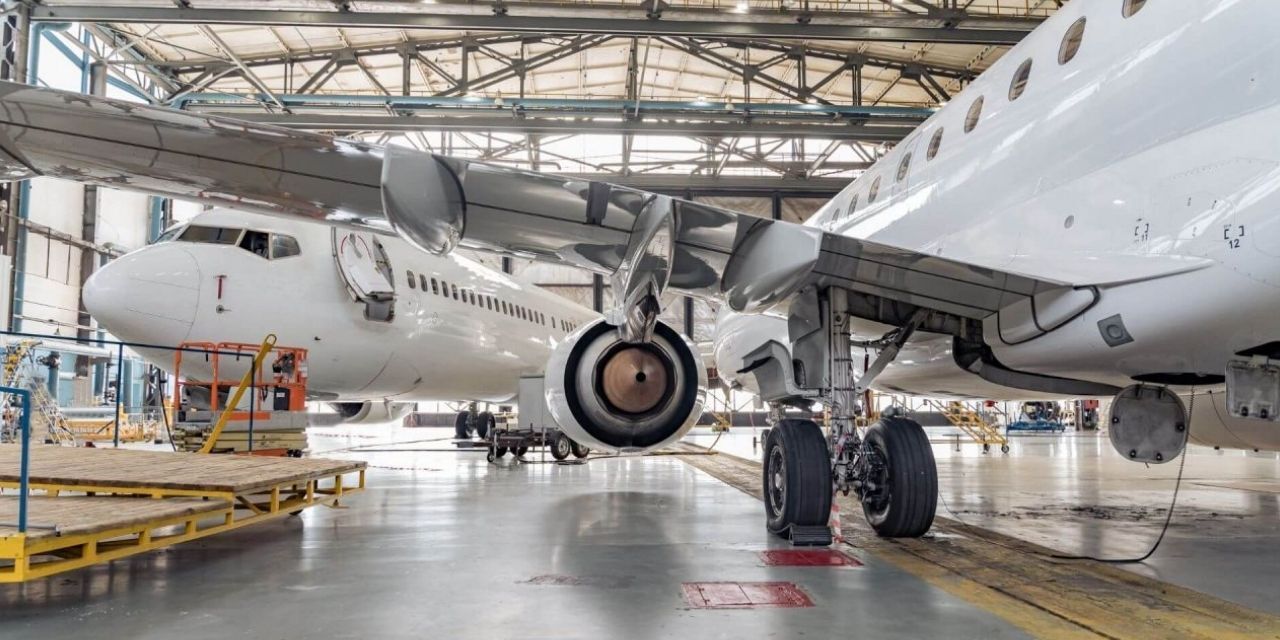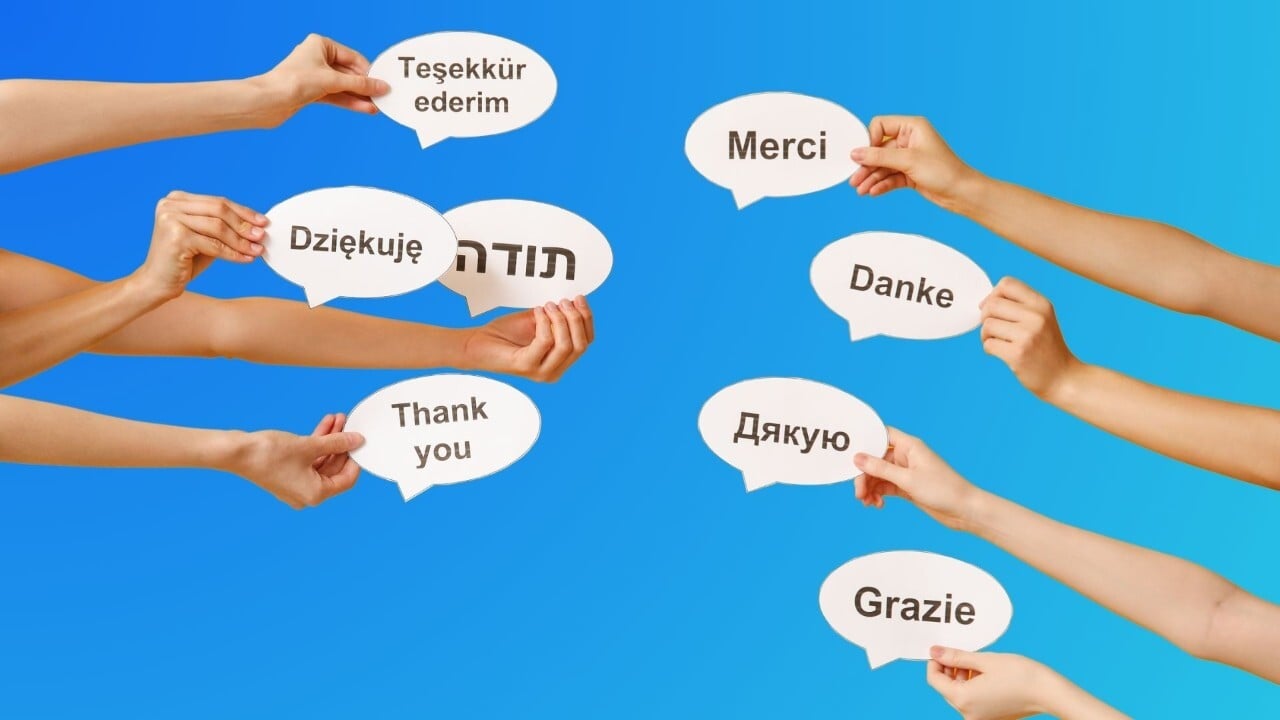Our software localization experts tell you all you should consider when adapting software to new markets.
Software localization can be intimidating at first. If you’re considering localizing your software, you might not be sure where to start, how to avoid pitfalls along the way, or whether localization is even the right move for your business. To address these concerns, we’ve interviewed Patrick Hampel and Giorgia Cazzola, Solutions Architects for Memsource and Acolad, respectively. Acolad as Language Service Provider uses Memsource extensively for software localization.
These are their best insights:
1. Why is software localization important for any business?
Patrick Hampel, Memsource: “One of the major benefits of software localization is enhanced competitiveness. Most likely, competitors based in your target markets are already offering localized products; localizing your product takes away a reason for potential customers to ignore it. Your global competitors on the other hand may not have localized their products, so localizing yours can also give you an advantage over them.
Localizing software also tends to improve customer satisfaction and loyalty. Most users prefer products in their own languages. A properly localized product is easier to use and builds trust among users – and that translates into greater revenue for your business. In other words, software localization pays for itself.
The ease of distributing software in the modern world is another important consideration. Developers who distribute their software through platforms like the Google Play Store, the Microsoft Store, and Apple’s App Store sometimes fail to realize just how many users they can reach. On these platforms, localization is an easy way to improve visibility in foreign markets and attract new customers."
Giorgia Cazzola, Acolad: "Approaching a market with a product that is adapted to its characteristics and that meets its requirements is definitively the first step to have a good chance of selling well: You show competence, build trust and meet the market's needs.
From a user experience, either not getting any localized version of the software or a bad translation of the source text can be annoying. Imagine that you find a poor translation of a command: hopefully, you may still be able to use the software – but it will require extra effort. You (the user!) will feel that the product hasn't been designed specifically for you. And this is the experience you'll pass on to others.
Being designed for the cultural norms and linguistic specificities of the target market – that's what makes a product appealing for local users. Investing in localization ensures that the product reaches new markets faster and that the customer base gets wider – since localization contributes to the user's trust in your brand."
2. What does an ideal software localization process look like?
Patrick Hampel: "A common misconception is that localization and translation are the same thing. Translation is certainly an important part of the localization process, but there’s much more to it than translation alone.
There’s a lot of important preparatory work to be done before translators even touch a localization project. For example, the software has to be adapted to work with different time and date formats, and it has to be capable of handling text in non-Latin scripts, like Arabic and Hebrew. These are written from right to left, which can cause all kinds of layout issues in software that's not prepared – if it can even display the content at all.
The process doesn’t end once the translators have done their job, either: Multilingual proofreaders need to review the translations for accuracy before they’re incorporated into the software, and the localized software needs testing to iron out any other issues. For instance, a button might be too small to fit its translated label, or some text might be missing from a window because a localization file is missing. These kinds of problems can confuse or frustrate users, but they’re easy to spot and fix in testing."
Giorgia Cazzola: "It starts with the definition of the localization team, including stakeholders from the client's as well as from the linguistic partner's side. The team's first step is then to externalize all translatable content, preparing the resource file – including the definition of a style guide and glossaries, to keep localization consistent. This spares from a lot of trouble in the long run!
Early tests in a dedicated localization testing environment allow checking in how far the product is ready for localization, also with the help of pseudo-localization, using dummy texts to check for text expansion, hard-coded strings and any other potential issues. That's fundamental to solving issues at an early stage!
After the actual localization into the target languages (including graphics!), top-quality calls for tests and bug-fixing at different levels. This includes a language review by in-country experts, of course (for accuracy, language quality, terminology and appropriateness to the corporate's branding, for instance). After a functional test of the target versions, the software then can be released. Overall, good query management is key to ensure high quality and clear any possible ambiguity."
3. What is the best way to prepare software for localization – and what are the most common mistakes?
Patrick Hampel: "One of the best steps you can take for a successful and hassle-free localization process is to start with internationalization, sometimes abbreviated to i18n. Internationalization is the process of (re)designing software in a way that allows it to be adapted for international use.
How exactly the internationalization process looks like varies from product to product. There are some aspects common to most products, like how words are pluralized and how items in a list are sorted. Others, like currency symbols and address formats, don’t apply in every situation.” Some aspects of internationalization can appear deceptively simple. English plurals may not pose much of a challenge, but Slovenian has special dual forms for exactly two occurrences of something, and Russian uses singular forms for all numbers that end in 1 – except for 11!
Text direction and layout is another issue that developers – European developers, especially – tend to forget about until it’s time for localization,” Hampel adds. “It’s not just the right-to-left scripts they forget about, either. Japanese is often written in columns from top to bottom and right to left. Japanese users will download a new word processor or graphics app to try out, and then they discover the software won’t let them write vertically, and they delete it.” Users in India often find themselves in similar situations, as many of the country’s 20-plus languages are written in scripts that have complex positioning rules.”
Giorgia Cazzola: "As an LSP, it's very common for us to detect typical errors in software localization – such as underestimating or ignoring localization as part of the product development work cycle. Done right, it's not a separate topic that comes after development, but should be taken into consideration throughout the entire design and development process. Next on the list would be a lack of planning, followed by improper internationalization of content before localization, as Patrick just explained.
Generally speaking, a lack of context does not help translators to clear disambiguation. On a more technical level, this is also true for not well-structured files, ending in nude lists of strings, sometimes even without meaningful resource IDs. And when it comes to file formats, it's often being ignored that some of them are not suitable for localization purposes – excel is a classic example. Appropriate standard formats include JSON, XML, etc. Unicode-UTF-8 encoding is a good base for correct visualization of written languages.
Another common slip is not making sure that the localization of Help Documentation (UA) and software interface (UI) are being assigned to the same vendor, to guarantee consistency. Last but not least: The locale of the target languages is not being defined (locales meaning the nuances of each language, depending on the target country – such as Canadian French versus the language spoken in France). It's important that you can rely on an expert partner who's also a good consultant, providing guidance from the very first steps of the product development and throughout the whole process."
4. How do you choose technology vendors and LSPs for software localization?
Patrick Hampel: "These are decisions that can make or break your localization experience, so it’s best to start thinking about them early on. Consult stakeholders in the localization process, like project managers and executives, to find out what matters most to them. You can use this information to focus your search.
These days, there are many translation management systems to choose from, and each one has a unique set of features. For instance, some offerings may not work for you because they can’t handle files in a particular format you use,” says Hampel. “If you develop software for multiple platforms, there may be a whole list of formats that you have to work with: one format for your iOS app, another format for your Android app, the third format for your web app, and so on.
After you’ve ruled out offerings that don’t meet your needs, you have a few options to narrow the field and make a decision. Technology vendors, for example, typically let you schedule a demonstration, try their software yourself, or both. You can also request proposals from vendors to find out which one is best equipped to meet your needs and make your project a success.”
Giorgia Cazzola: "My advice is to use one that provides the latest state-of-the-art technology – a TMS with translation memories, glossaries and term base. It should be able to support info about context, ideally even plural forms and visual context. And make sure it includes automatic quality assurance checks. Cutting-edge technologies can handle continuous localization, and your partner should be able to integrate with your CMS or software development program. Thus, anytime your source file gets updated, the request for translation will automatically be triggered, resulting in quicker turnaround times.
Ensure the availability of scalable linguistic resources and experts in the software field, the readiness for a strong collaboration between the localization managers on both sides and the capability of involving the linguists so that they gain knowledge about the product. Centralize to one LSP with a dedicated team, to become a part of your product lifecycle!
They should cover a wide range of files, adapt to your product work cycles (including peaks!), be familiar with agile and traditional workflows and synchronize with your development processes. Look for good communicators who can describe their processes and tools well. Finally, another discriminator will make a big difference for you: Choose a partner that can take over the in-country review on your behalf!"
Conclusion
When done right, software localization is a great way to expand your business. It can attract new customers to your product and make it more competitive, resulting in greater revenue. To make the localization process a success, it’s important to prepare your software correctly and ensure that the result is free of linguistic errors and technical problems alike. To achieve all of this, choosing the right vendor for your needs is key.














































